Developer Exhaustion in the VR Age: The Real Challenges Behind Vision Pro
As we transition into the era of virtual reality (VR) and augmented reality (AR), developers are facing an array of new challenges. One such challenge is developer exhaustion, a phenomenon that is becoming increasingly prevalent in the fast-paced world of VR and AR. This article takes a deep dive into the real challenges developers encounter when working with cutting-edge mixed-reality headsets like Apple’s Vision Pro.
Understanding Developer Exhaustion
Developer exhaustion, or burnout, refers to the physical and mental fatigue experienced by developers due to prolonged periods of high-stress work. This is often characterized by feelings of cynicism, detachment, reduced productivity, and a lack of satisfaction from achievements. In the context of VR and AR, developer exhaustion can stem from the pressure to constantly innovate and stay ahead of the rapidly evolving technology curve.
The Challenges of Developing for Vision Pro
Developing for the Vision Pro, Apple’s advanced mixed-reality headset, involves various challenges that can contribute to developer exhaustion.
1. High Technological Complexity
The Vision Pro integrates both AR and VR capabilities, requiring developers to have a deep understanding of both technologies. Creating immersive experiences that seamlessly blend digital and real-world elements is a complex task, demanding high levels of technical expertise and constant learning.
2. Need for Constant Innovation
The fast-paced nature of the VR and AR industry necessitates continuous innovation. Developers must constantly come up with new ideas and solutions to keep up with the evolving demands of the market. This constant pressure to innovate can lead to work-related stress and, subsequently, burnout.
3. Long Development Cycles
Developing immersive, high-quality content for the Vision Pro can be a time-consuming process. Long development cycles, coupled with tight deadlines, can lead to extended periods of high-stress work, a common trigger for developer exhaustion.
4. User Expectations and Feedback
Meeting user expectations for a high-end device like the Vision Pro is a significant challenge. Developers must constantly iterate on their designs based on user feedback, which can sometimes be harsh or demoralizing. This constant cycle of feedback and iteration can contribute to feelings of exhaustion.
Addressing Developer Exhaustion in the VR Age
While developer exhaustion presents a significant challenge, there are various strategies that can help mitigate this issue in the VR and AR industry.
1. Encouraging Work-Life Balance
Companies can help prevent developer exhaustion by promoting a healthy work-life balance. This includes ensuring reasonable working hours, providing time for relaxation and personal activities, and encouraging regular breaks during work.
2. Providing Adequate Training and Resources
Given the technical complexity of VR and AR development, providing developers with adequate training and resources can help ease their workload. This includes offering educational programs, access to the latest tools and technologies, and opportunities for professional development.
3. Fostering a Supportive Work Environment
A supportive work environment can help alleviate the pressure and stress associated with VR and AR development. This includes promoting a culture of collaboration and open communication, recognizing and rewarding achievements, and offering support for mental health.
Conclusion
Developer exhaustion is a real and pressing challenge in the VR and AR industry. As companies like Apple push the boundaries of what’s possible with devices like the Vision Pro, it’s crucial to acknowledge and address the pressures faced by developers. By fostering a supportive work environment, encouraging work-life balance, and providing sufficient training and resources, we can ensure that developers can continue to innovate without compromising their wellbeing.

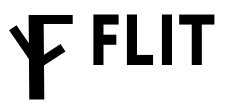


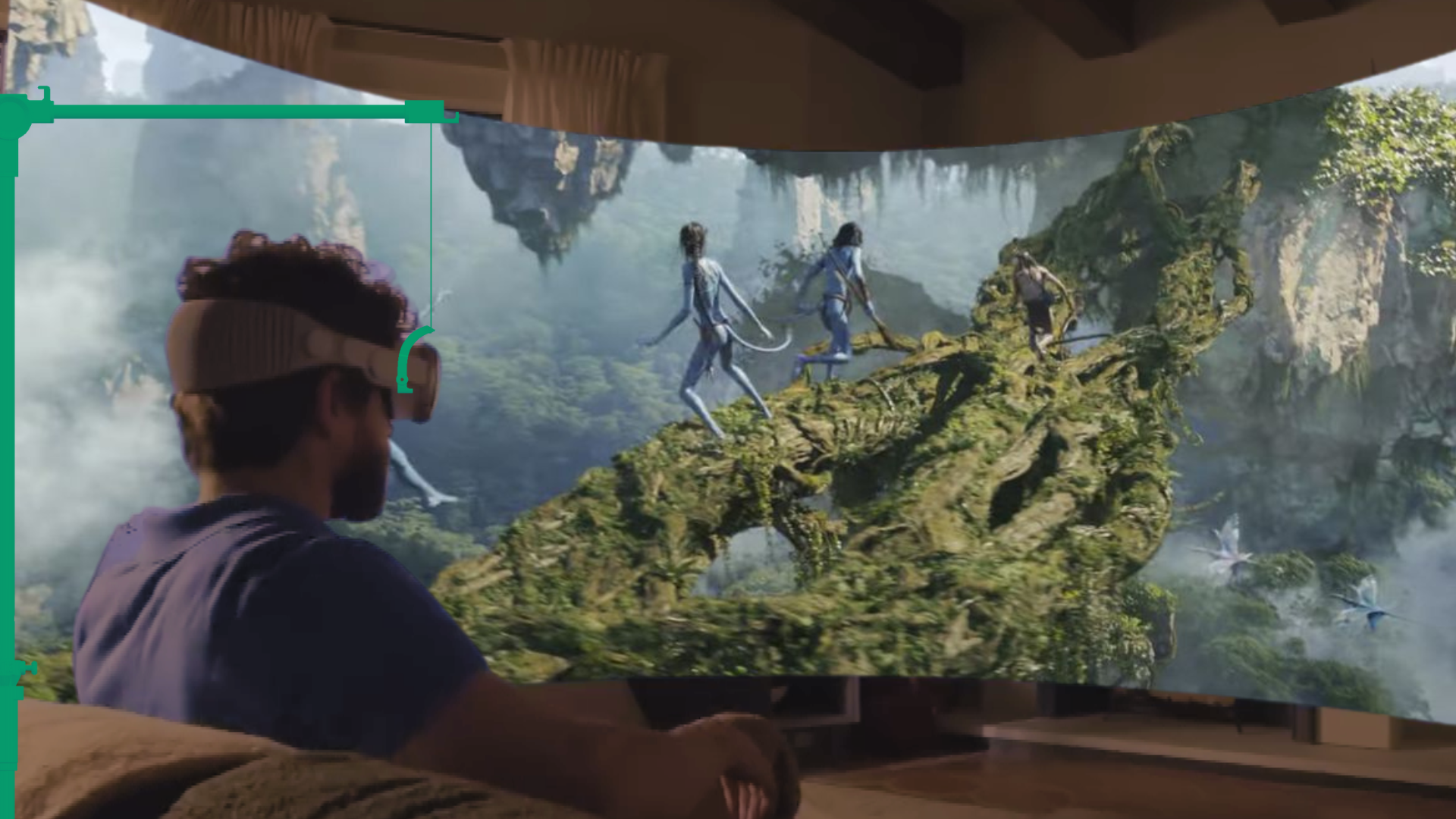
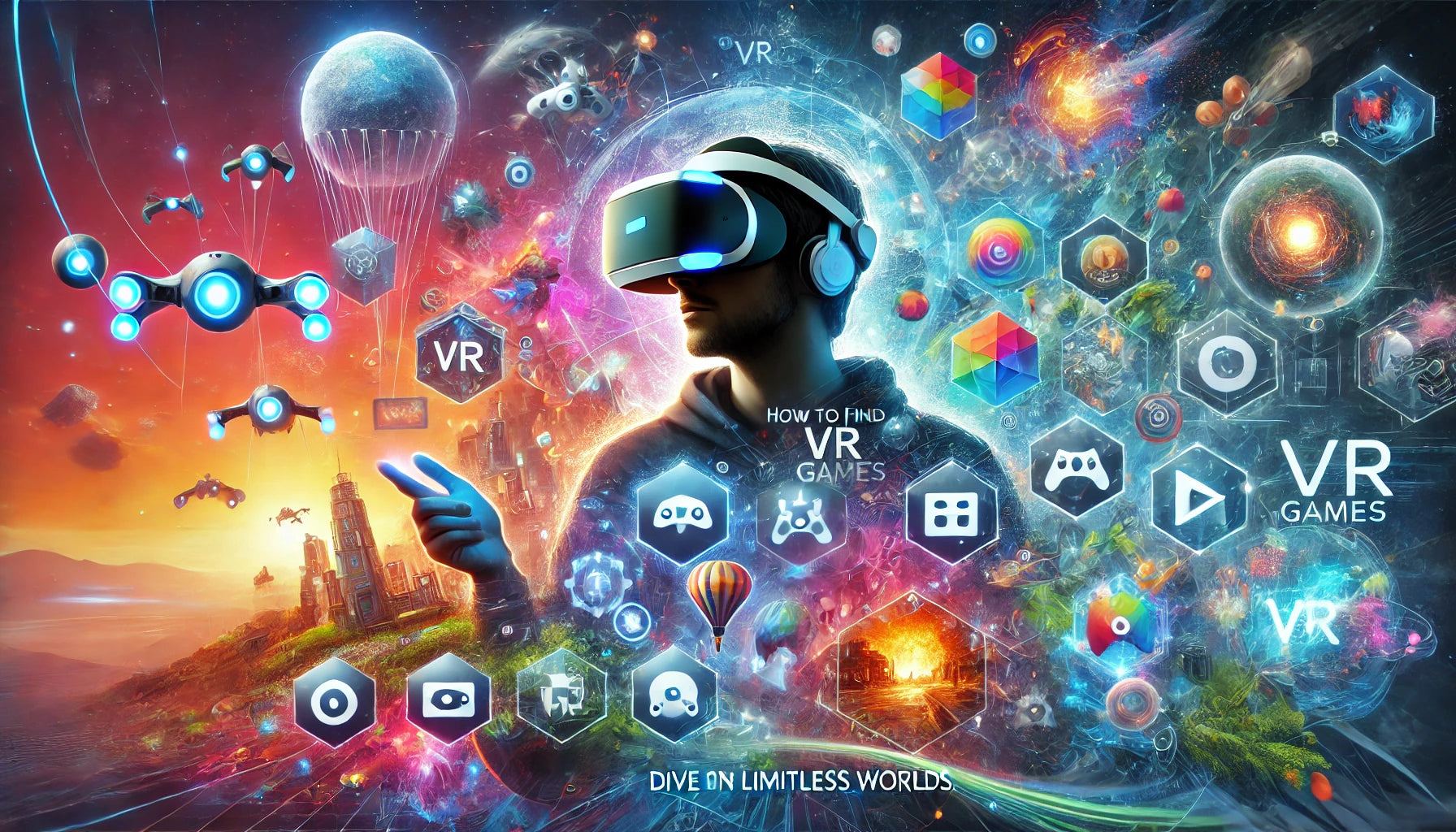
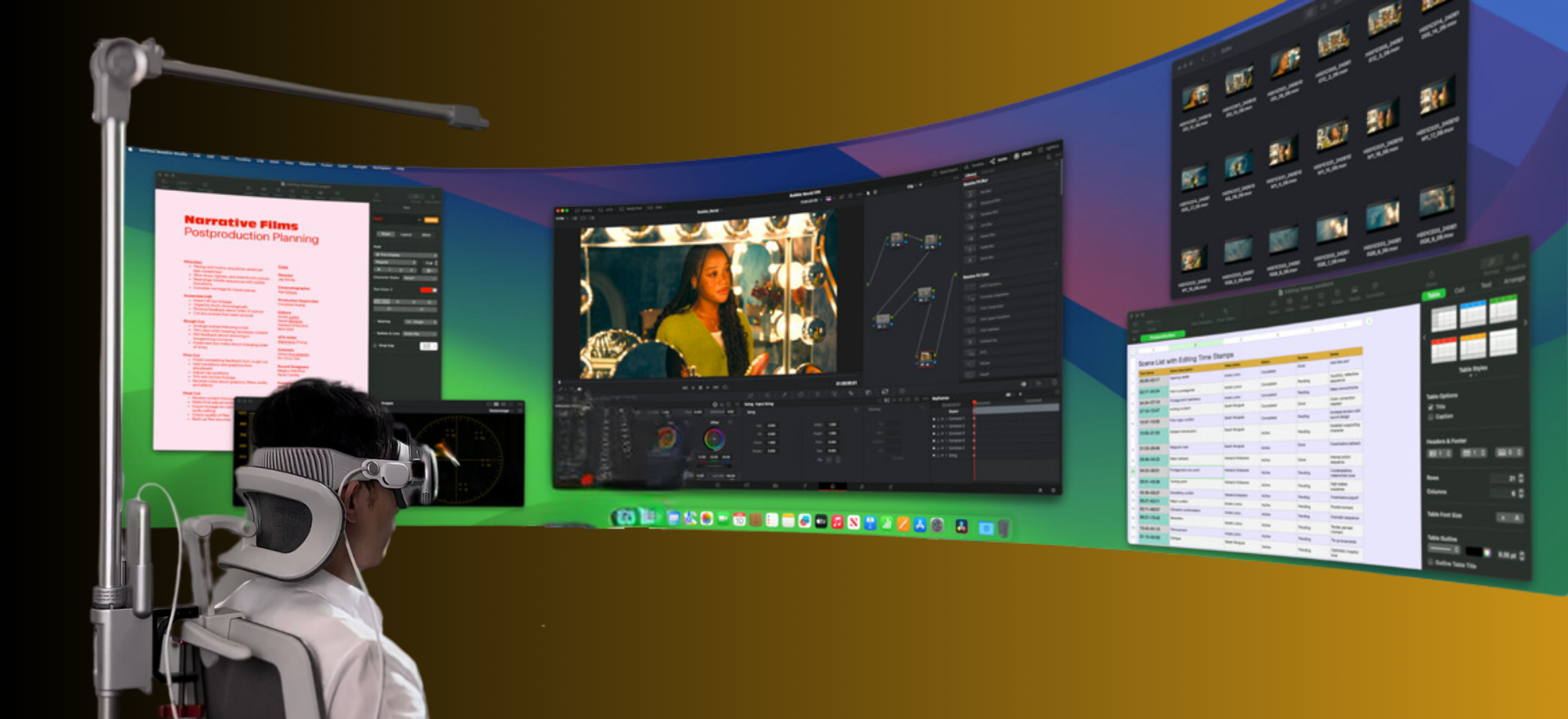
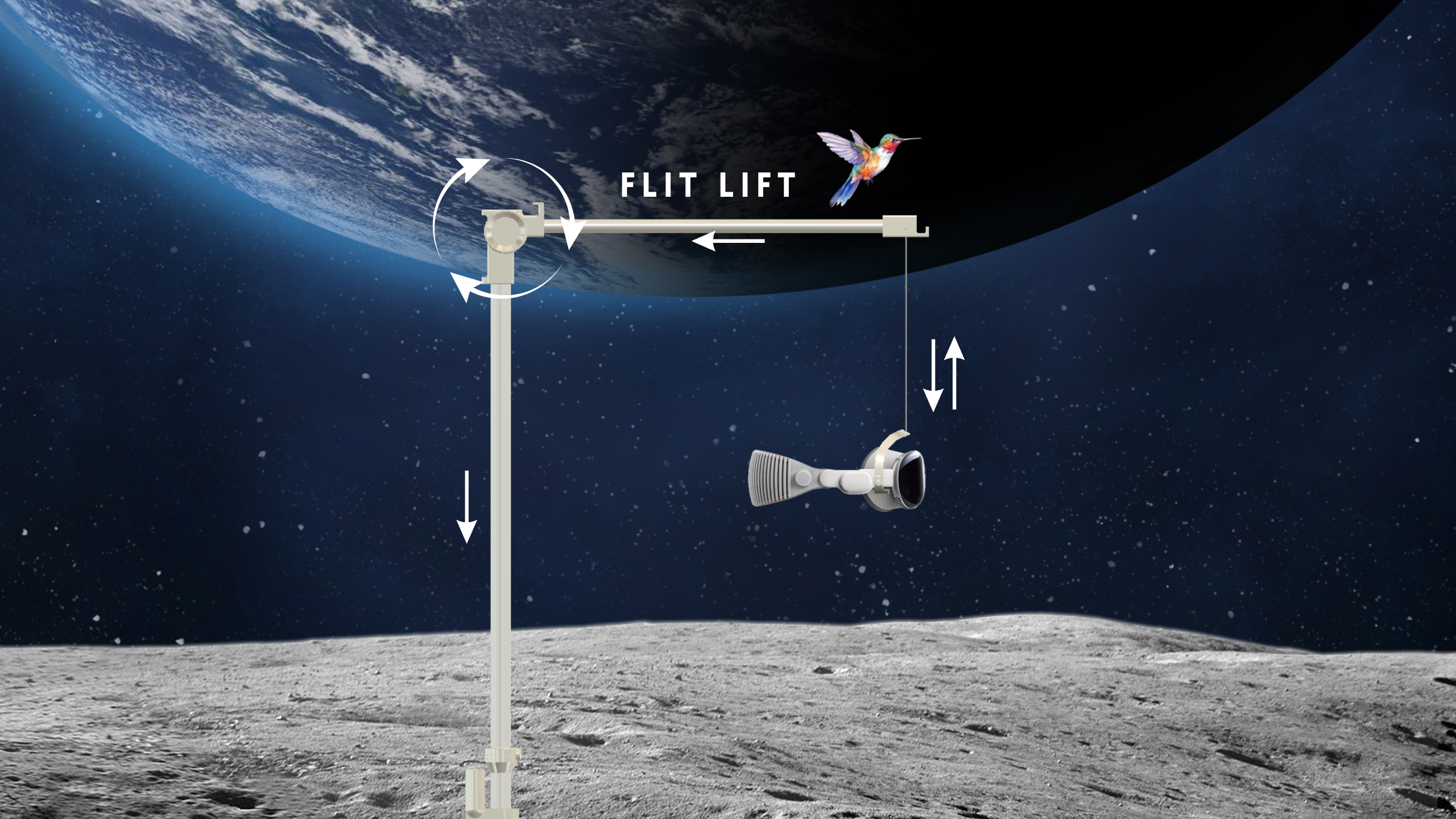
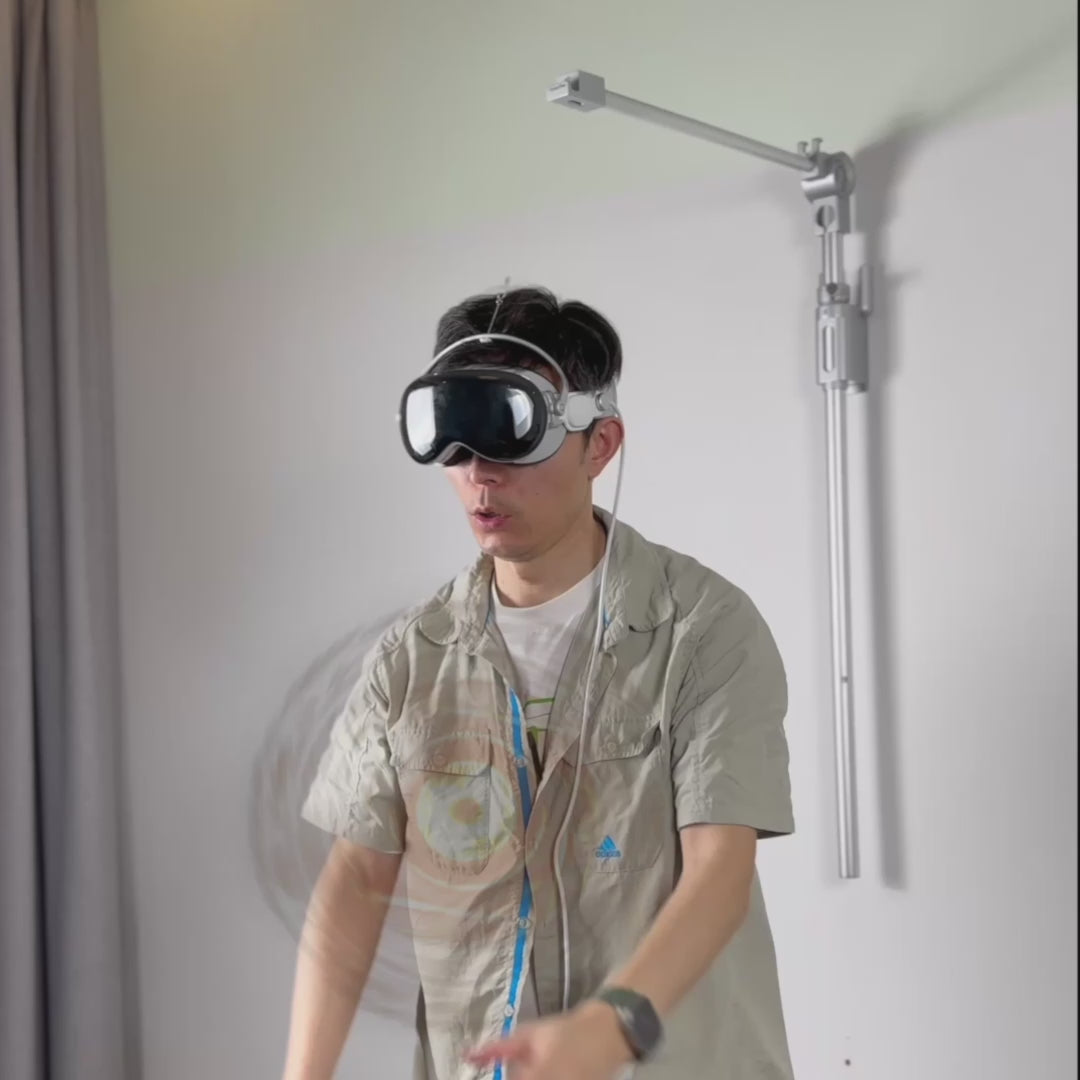
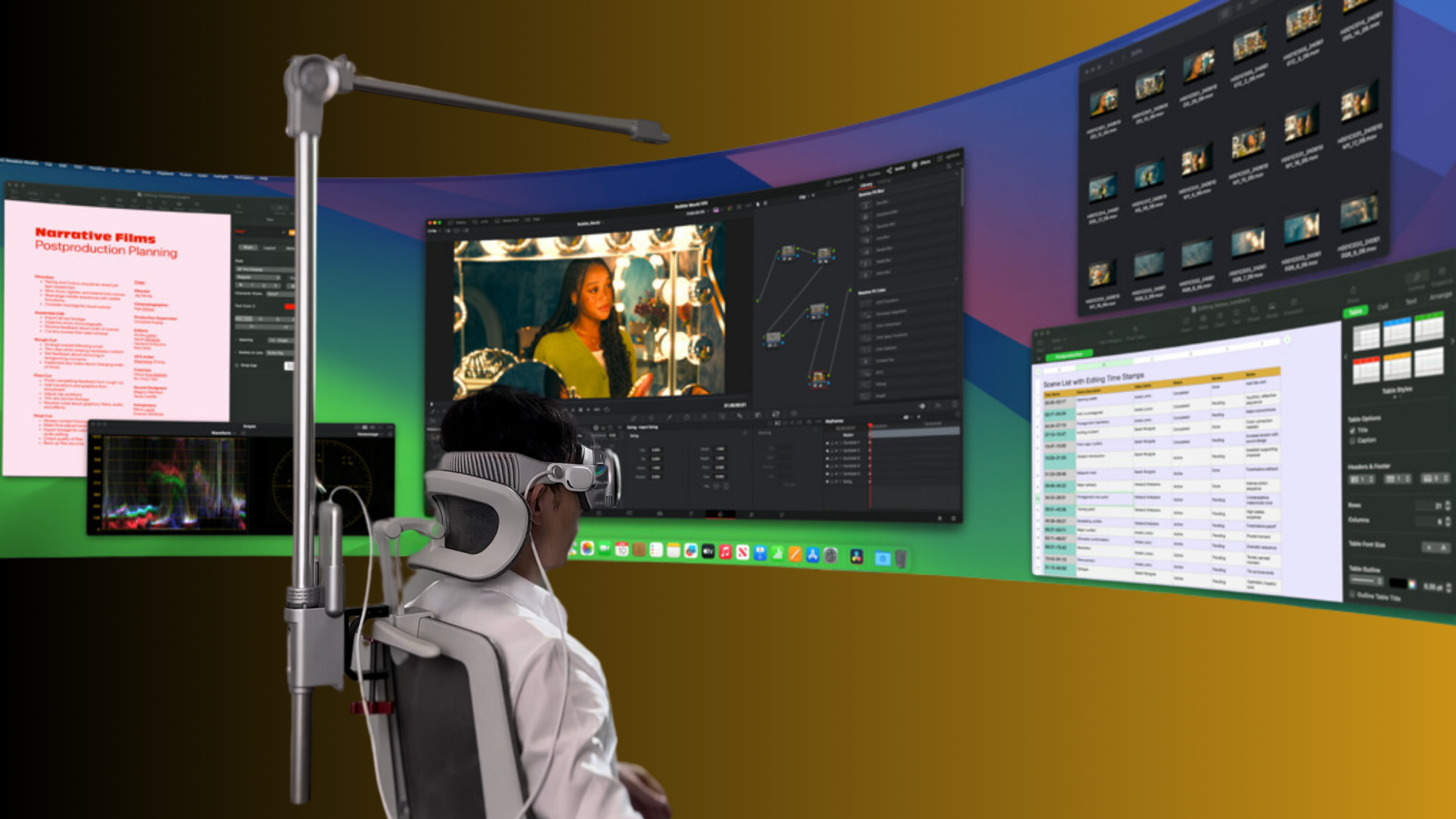
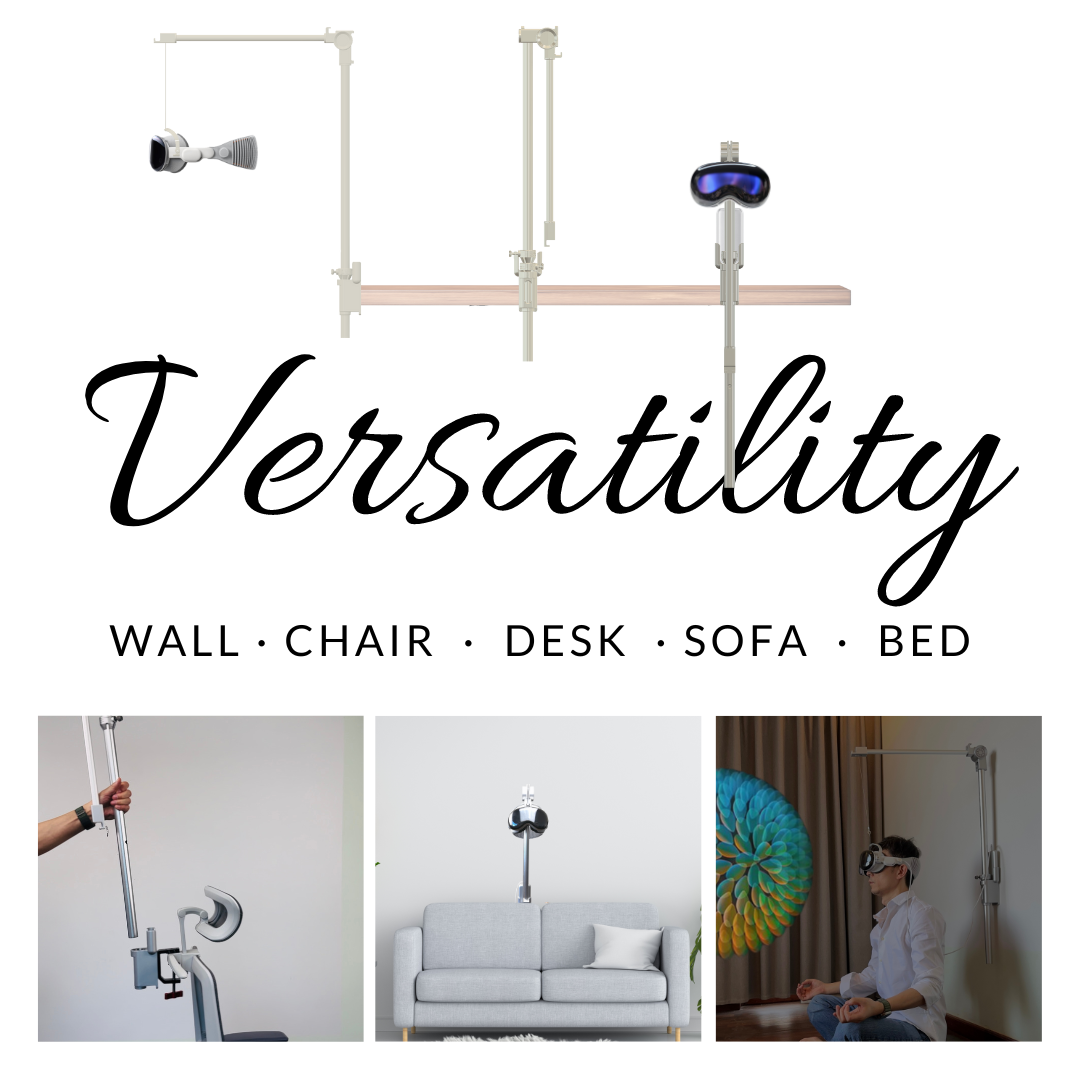

Compartir:
From Enthusiasm to Fatigue: The Emotional Impact of Developing for Vision Pro
How Vision Pro’s Complexity is Contributing to Developer Overload